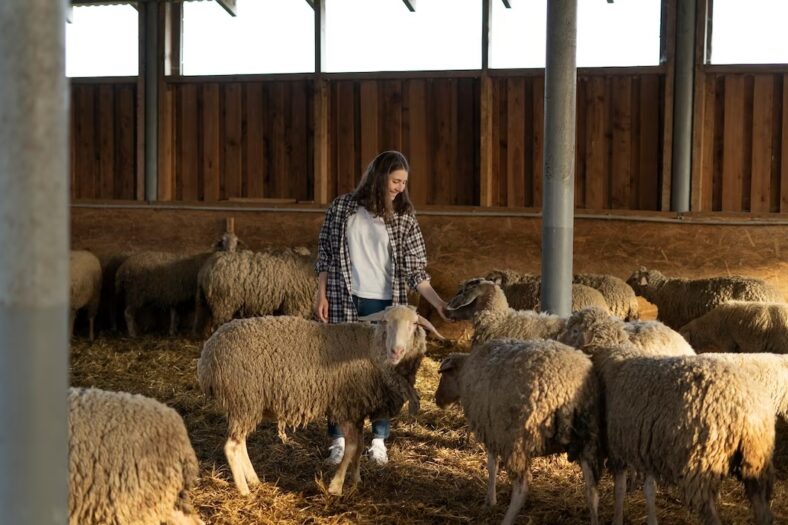Few structures are as emblematic of rural enterprise in the tapestry of agricultural history as the wool shed. These bastions of industry have stood as the heart of sheep farming communities, witnessing the transformation of raw fleece into the wool that warms and adorns the lives of millions. Today, the evolution of these sheds reflects a journey from purely functional spaces to complex hubs where tradition meets innovation.
The Historical Significance of Wool Sheds
Wool sheds, or shearing sheds as they are often called, are more than just buildings; they are a testament to the ingenuity of farmers and shearers over the centuries. Originally constructed from whatever materials were on hand, these facilities were designed to streamline the shearing process, protecting the sheep and the valuable fleece from the elements. The layout of a traditional wool shed, with its shearing stations, wool room, and pens, was a marvel of practical design, providing efficient workflow and the welfare of animals and workers alike.
Innovation in Modern Wool Sheds
As we venture further into the 21st century, the role and formatting of top wool shed designs have evolved dramatically. Modern sheds incorporate advanced technologies and sustainable practices, marrying efficiency with environmental stewardship. Solar panels now power lighting and equipment, while automated shearing technology reduces physical strain on workers and animal stress. Water recycling systems and sustainable building materials further minimise the ecological footprint of these essential agricultural structures.
Sustainable Practices and Animal Welfare
Central to the modernisation of wool sheds is a renewed focus on sustainable farming practices and animal welfare. The industry has seen a shift towards more humane handling and shearing techniques, driven by both ethical considerations and consumer demand for ethically produced wool. Innovations in shed design, including better ventilation, natural lighting, and more spacious pens, have significantly improved the quality of life for the sheep, leading to higher wool quality and productivity.
The Economic and Social Impact of Wool Sheds
Beyond their practical function, wool sheds play a critical role in the economic and social fabric of rural communities. They are not only centres of employment and economic activity but also gathering places where the tradition of “shed talk” continues. These conversations among farmers, shearers, and wool classers are an invaluable exchange of knowledge, stories, and support, reinforcing the sense of community vital to rural life.
For interested parties who are looking at potential economic opportunities in the industry, there are fresh insights into the wool fashion renaissance. With a demand for high-quality and ethically sourced products, entrepreneurs can achieve genuine success in this field.
Preserving History While Looking Forward
As we embrace the advancements in wool shed design and operation, preserving the history and heritage of these iconic structures is essential. Many old sheds are being carefully restored, serving as a bridge between past and present. These renovations respect the original architecture and materials while integrating modern necessities, ensuring these historic sheds continue contributing to the wool industry’s future.
Summary: A Testament to Resilience and Innovation
Wool sheds, from their humble beginnings to their modern incarnations, stand as a testament to the resilience and innovation of the agricultural community. They embody the spirit of both tradition and progress, playing a pivotal role in the journey of wool from fleece to fabric. As we look to the future, the continued evolution of wool sheds promises to uphold the legacy of this vital industry. The goal is to remain sustainable, humane, and productive for future generations.

Leave a Reply